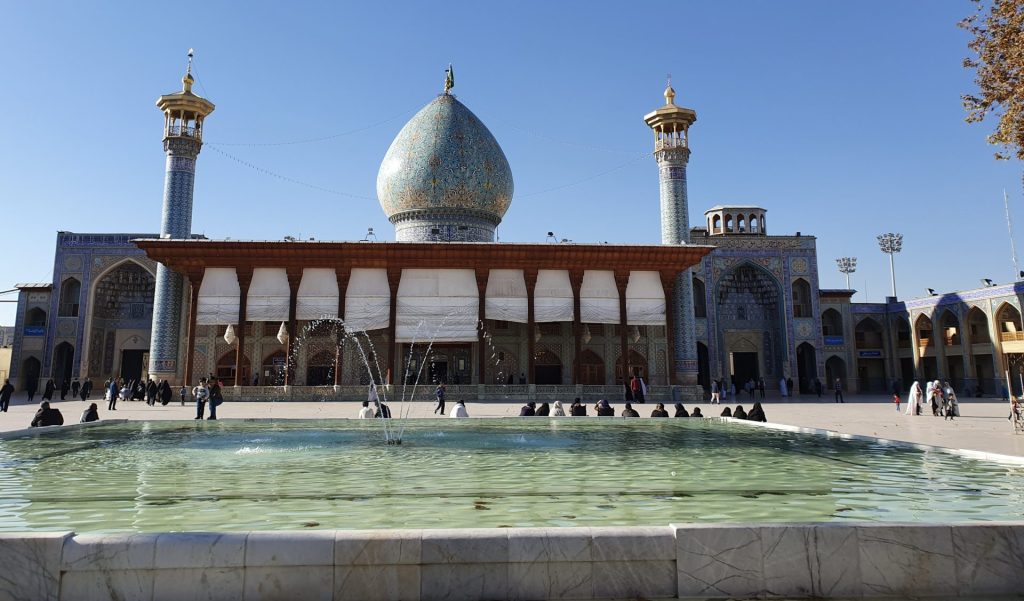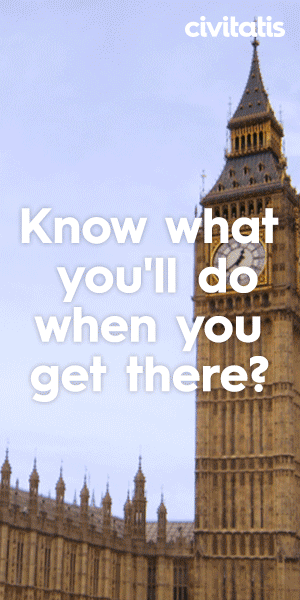Shah Cheragh mosque is located in Shiraz Iran. Unlike the Nasir al-Mulk Mosque, known as the pink mosque of Instagram fame, Shah Cheragh is rarely visited by foreigners. Though it is the more historically and religiously significant mosque in Shiraz.
Here’s one Aussies account of visiting Shah Cheragh including what you should and should not do while visiting the site.
Visiting Shah Cheragh Holy Shrine In Shiraz Iran
Shah Cheragh | History
Shāh Chérāgh (شاه چراغ) was built in stages over centuries beginning around 1226 AD. Shāh-é-Chérāgh is Persian for ‘King of the Light’ and the complex marks the tombs of Ahmed and Muhammad. The sons of the 7th Shia Imam Musa ibn Ja’far al-Kazim.
The burial site was said to be first discovered by Ayatullah Dastghā’ib. A distant relative of the contemporary Ayatullah Dastghā’ib. When he noticed light being emitted from a grave in a distant graveyard.
When excavating the light emitting grave a body wearing armour was discovered. On the body was a ring. The inscription on the ring read ‘al-‘Izzatu Lillāh, Ahmad bin Mūsā‘ which translated to ‘The Pride belongs to God, Ahmad son of Musa‘. And from that point on the site was known to be the burial site of the sons of Mūsā al-Kādhim.
As the sons of the 7th Shia Imam and as brothers of the 8th Shia Imam the site is an important point of pilgrimage in the city of Shiraz. And it is a significant site for Twelver Shi’ism.
The Shah Cheragh site and its complex has been rebuilt and extended over the centuries. Either as a result of natural disasters including earthquakes or as part of upgrades and expansions.
Shah Cheragh now houses many mausoleums. Among the mausoleums are royalty, religious leaders and heads of state.

Shah Cheragh | Entering the Complex
Visiting the Shah Cheragh with my then partners father was an interesting experience. Walking up to the gated entry there were a series of security check points.
As I wandered forward and lifted my arms to have the security guard wave his metal detector over me and pat me down, the guard looked up. The guard saw a foreigner and took three steps back.
Saying something quickly in Persian I didn’t quite catch I did hear the term ‘American’ in what sounded like a question. My partners father, now visibly flustered, responded in the negative and added that I was Australian.
Turning to me, the guard asked ‘tourist’ and I nodded. Again saying something in Persian he put his hand up with a stop sign and then pointed down. I understood what he was telling me. I was to wait there. He then scurried off around a corner.
My companion now pale as a sheet, the guard returned from around the corner with another man in a suit. In good English the second man asked, where are you from? I’m from Australia I replied.
Why have you come here? the second man asked. I’m a tourist here to see the mosque if I’m allowed, I replied. Very good, he said.
The suited gentleman then introduced himself as the tour guide with a name I don’t recollect. He then proceeded to wave us into the site and took us on a tour of the many mausoleums and archways.
Pointing out the various stages of construction and reconstruction, the tour stretched past many smaller mausoleums. And focussed first on the construction of the different gilded and tiled archways.
The guide then explained the carpeted entry ways and heavy set doors. With some doors constructed or inlaid with gold and other precious metals.





Shah Cheragh | Entering the Holy Shrine
Now having completed a tour of the inner courtyards and buildings, marvelling at the construction of the many archways and intricate tile work it was time to approach the main building. The Holy Shrine of Shah Cheragh itself with its impressive domed roof and large golden doors.
Foreigners and those of other, or in my case no faith, enter via a side door. After taking photos of the impressive facade and entry way to the shrine we were led around to the side of the building. And briefed on the rules. No shoes, no flash photography, be quiet and respectful. Stay in the designated area and don’t touch anything.
With the exception of the no shoes rule, the rules for tourists entering Shah Cheragh are the same that any tourist entering any holy site the world over should obey. The removal of shoes is common practice in islamic mosques. Because they are more often carpeted and worshipers spend time on the ground. The removal of shoes stops people tracking dirt and grime into the mosque.
As the world was about to learn about COVID and my visit coincided with it already spreading like wildfire throughout Iran; given that all the worshipers were touching the walls and kissing them I’m thankful for the no touching rule.




The Tourist Box
With the rules out of the way and our paper booties on, it was time for us to enter. The tourist room to which we were guided is a small gilded enclave on the lefthand side of the building. From where we stood we had a clear vantage point of the main dome and the central tomb.
It took a while for my eyes to adjust from the bright sunlight outside to the sparkly mirror tiled interior. Every surface is covered in reflective glass tiles that sparkle with even the slightest hint of light. I found it difficult to focus at first.
Once I had adjusted to the light I noticed all the worshipers walking up to and past the central shrine. Which was illuminated in the green associated with islam. Next, I noticed the impressive central chandelier and vaulted mirror covered dome ceiling.
View of the interior of Shah Cheragh and it’s Shrine




Finishing The Tour and Exiting the site
Once the tour guide had finished showing us around he walked us back to the exit. I felt like we, and more so me as foreigner, weren’t allowed to be unaccompanied at anytime.
It may have been a rule that I wan’t allowed to be unaccompanied but I did not enquire. The tour guide was knowledgeable and I found him quite helpful in understanding the significance of the site.
On our way to the exit the guide was busily trying to explain the Quran to me. And I did mention I had read it. My companion once again went a little white in the face. Best play dumb and act like you’ve never heard of the Quran I’d say. Based solely on the look my companion gave me.
Once we had reached the exit the tour guide bid us farewell and we left. It wasn’t until we were off the site and in a cab I realised I had forgotten to tip the guide. So if you’re Australian and get the same guide it would be my fault if he dislikes Australians. Sorry.
Conclusion
If you’re wondering whether or not you should visit the site while in Shiraz then based on my own experience I would say yes. You absolutely should visit Shah Cheragh while in Shiraz Iran.
Too many people who travel to Iran focus on the Nasir al-Mulk Mosque, known as the pink mosque. Because they’ve seen the pink mosque on Instagram. The Shah Cheragh mosque is not only the more significant both historically and religiously but in my opinion it is also the more impressive of the two mosques visually.
Liked this article? Subscribe to the blog below and check out our other travel articles on Iran.
Bonus Pictures Of Shah Cheragh شاه چراغ












